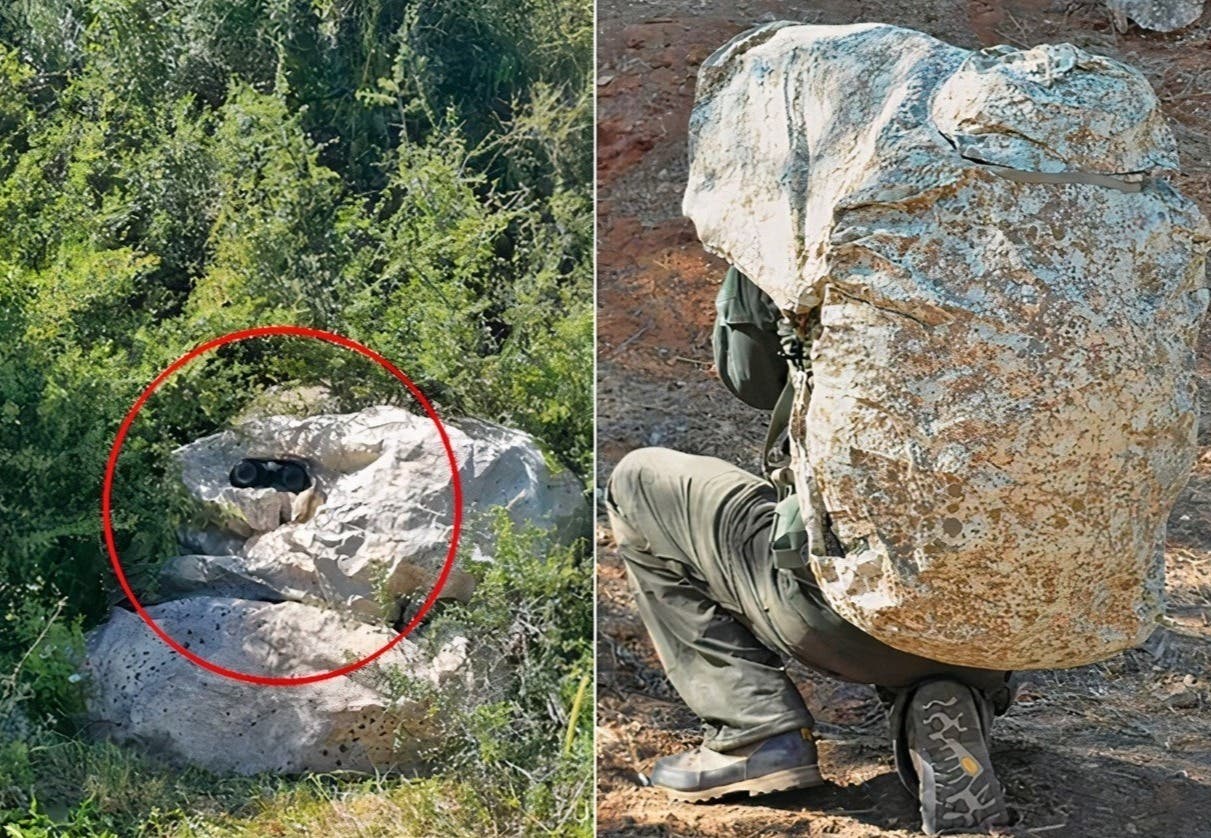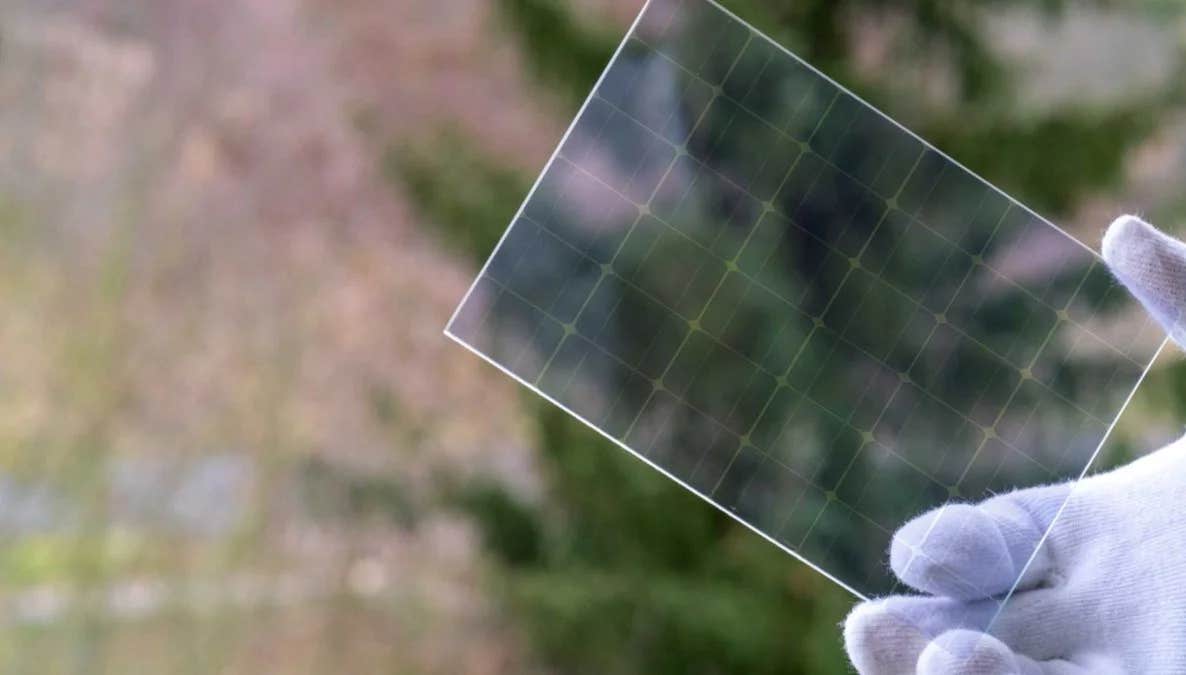Incredible thermal camouflage makes soldiers nearly undetectable
Being lightweight, the material is strong enough to be molded into three-dimensional shapes, enabling one to transform it into a stretcher.

[Dec. 15, 2022: JD Shavit, The Brighter Side of News]
The Kit 300 camouflage technology consists of a sheet made from thermal visual concealment (TVC) material that makes soldiers nearly undetectable. (CREDIT: Maya Margit)
Israel-based Polaris Solutions in collaboration with the Israeli Ministry of Defense (MoD) unveils The Kit 300, camouflage technology that consists of a sheet made from thermal visual concealment (TVC) material that makes soldiers nearly undetectable. It uses a combination of microfibers, metals and polymers to make soldiers not only harder to see with the human eye, but thermal imaging cameras as well.
In the battlefield, soldiers can use one side in dense vegetation, while the other is more suited for desert areas. If these scenarios do not suit your use case, the company can fully customize the patterns and colors as needed. Plus, it’s waterproof and can double as shelter to the military when used as a small tent. Despite being lightweight, the material is strong enough to be molded into three-dimensional shapes, thus enabling one to transform it into a stretcher.
"Someone looking at them from a distance through binoculars will not see soldiers. Camouflage nets haven’t changed too much over the past 50 years. We wanted to bring a new type of material. So TVC was born,” said Gal Harari, head of the detectors and imaging technology branch of the Defense Ministry’s research and development unit.
Thermal imaging technology creates a visual representation of an object via the invisible infrared (“heat radiation”) the object emits. If that object radiates heat, a thermal imager will show an image of it, with different colors representing relative levels of heat.
Related Stories
A warm-blooded human being, for example, will show up as a human-shaped blob, with the level of fine detail depending on the acuity of the sensor. A tank will appear as a tank-shaped object, and if the tank’s engine is running, the engine will look like a “hot” spot.
A U.S. soldier dismounting a tank and visible through the thermal imager of another tank. The soldier’s body heat is readily apparent. (CREDIT: Scott Nelson - Getty Images)
Thermal imagers are used to power modern night-vision devices. Unlike older night-vision technology, which required some source of light (even infrared light), thermal imagers don’t require any ambient light at all. They simply require a detectable level of heat to function.
The Kit 300 camouflage technology consists of a sheet made from thermal visual concealment (TVC) material that makes soldiers nearly undetectable. (CREDIT: Polaris Solutions)
This means thermal imagers can detect people, armored vehicles, and even flying aircraft on moonless nights, without infrared searchlights, and through smoke screens. The latter makes thermal imagers useful even during daylight conditions, and during the Cold War, American tanks would have easily detected and engaged enemy tanks moving through smoke screens, as though they weren’t there at all.
But the technology isn’t perfect. Objects that don’t radiate heat don’t show up at all in thermal imagers. The Kit 300 system, then, is designed to eliminate a soldier’s thermal presence, thus making the soldier “invisible”—to thermal imagers, anyway.
The Kit 300 camouflage technology consists of a sheet made from thermal visual concealment (TVC) material that makes soldiers nearly undetectable. (CREDIT: Maya Margit)
The materials in the Kit 300 system likely act as insulators, preventing a soldier’s heat from leaking out from behind the sheet.
The Kit 300 doesn’t stop there. A soldier could stand in the middle of a barren field invisible to thermal imagers, but still be plainly obvious to the naked eye. The system makes soldiers more difficult to spot in the visual light band by using old-fashioned colors and camouflage techniques designed to allow the wearer to blend in with surrounding terrain.
Note: Materials provided above by The Brighter Side of News. Content may be edited for style and length.
Like these kind of feel good stories? Get the Brighter Side of News' newsletter.
Joseph Shavit
Head Science News Writer | Communicating Innovation & Discovery
Based in Los Angeles, Joseph Shavit is an accomplished science journalist, head science news writer and co-founder at The Brighter Side of News, where he translates cutting-edge discoveries into compelling stories for a broad audience. With a strong background spanning science, business, product management, media leadership, and entrepreneurship, Joseph brings a unique perspective to science communication. His expertise allows him to uncover the intersection of technological advancements and market potential, shedding light on how groundbreaking research evolves into transformative products and industries.



